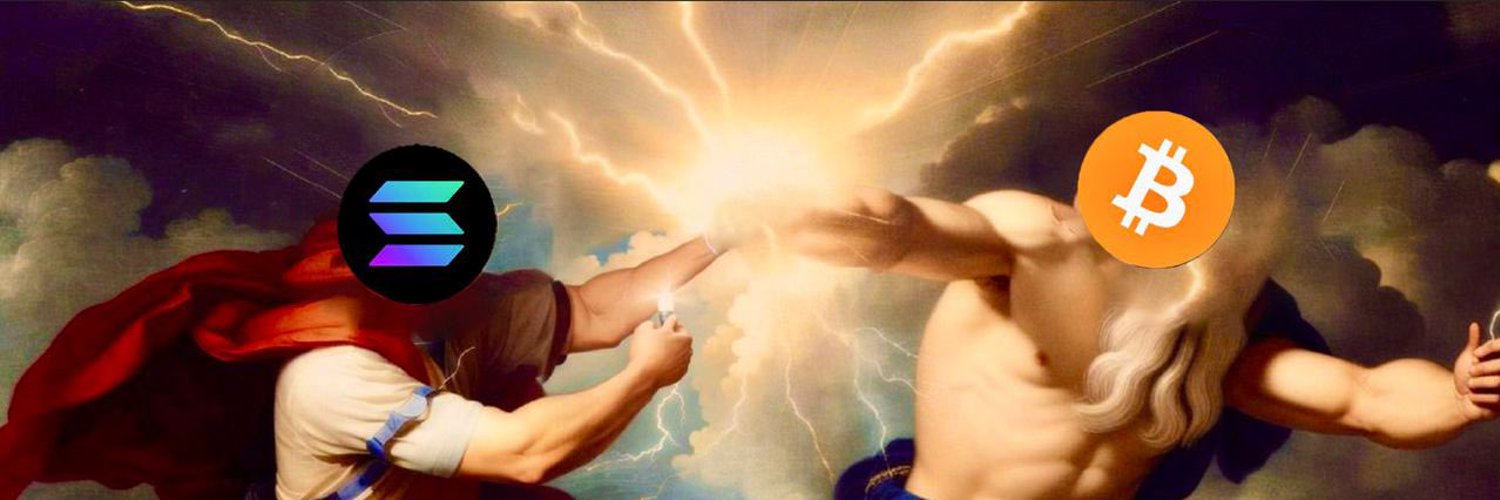At present, the Ethereum testnet merge has entered the final stage, followed by the ETH2.0 mainnet merge. The Ethereum network will officially enter the PoS era.

As early as March 18, MEXC pointed out in the article “Understand The ETH Merge and Its Possible Market Impacts” that the main impact of the Eth2.0 mainnet merge is – ETH will enter the era of deflation.
Although Ethereum co-founder Vitalik Buterin said in a media interview: “It is unlikely that the price of Ethereum will rise immediately before or after the merge, not only from a market perspective but also from a psychological and narrative perspective.”
However, the Eth2.0 mainnet merge not only affects the price of the ETH token itself but also boosts the price of Ethereum ecosystem project tokens, accelerates Layer 2 project’s token issuance process, strengthens the ETC chain’s popularity as a PoW miner’s alternative, and leads to the hard fork of Ethereum by some miners.
Hence, MEXC will discuss the “Eth2.0 Mainnet Merge and Its Hidden Opportunities and Risks” in the upcoming Twitter Space Talkshow column. If you are interested, you can set reminder in advance.https://twitter.com/i/spaces/1BRJjnwQZjRJw
MEXC Thursday night talk show is a brand new program launched by MEXC. Every Thursday night, we invite renowned guests from different fields and regions to give our audience more market insight through open discussion.
The following is a brief analysis of the Eth2.0 mainnet merge in advance by MEXC Research.
The first to be affected are the Ethereum ecosystem projects in the secondary market. According to MEXC Research statistics, from July 13 to July 29, more than 20 Ethereum ecosystem core cryptocurrencies achieved significant gains to varying degrees, among which LDO, OP, ETC, CELR, and ENS achieved the highest gain of 278%, 256%, 220%, and 100%, respectively. Meanwhile, ETH rebounded from 881USDT on June 17 to its peak of 1783USDT, recording the highest gain of 102.4%.

Optimism (OP), one of the four major Layer 2 projects of Ethereum, is the first to issue tokens and was first launched on MEXC on May 31. After the launch, its price fell to 0.39 USDT as the overall cryptocurrency market was bearish. However, its highest price has rebounded to 1.96USDT, with a rebound rate of 402%.
At the same time, on July 14, StarkWare announced its tokenomics and revealed that the token would be issued in September. Later, zkSync released its public roadmap, in which zkSync 2.0 will be launched on the mainnet within 100 days. Among them, ZK proofs for EVM smart contracts in the live production environment will be launched in early fall, and the registration for the project will be initiated in October.
Some analysts pointed out: “In the case of the overall bear market, some of the four major Layer 2 projects may not have wanted to issue tokens so early, or may not have wanted to do so in a bear market, but the Eth2.0 merge is an important timing for the four major Layer 2 projects to ramp up the efforts. As the equity financing requires good performance, the Eth2.0 mainnet merge is good timing for issuing tokens, and this timing will lie between August-November.”
Two other important implications of the Ethereum testnet merge include the possibility of Ethereum Classic (ETC) being an alternative to PoW miners and the fact that some Ethereum miners want to hard fork Ethereum.
The Eth2.0 merge is indeed beneficial to increasing the price of ETC to a certain extent because Ethereum Classic is one of the remaining PoW chains among the current mainstream public chains. However, the relevant analysis points out that, based on the current price of ETC, if ETH miners “squeeze” their computing power into the ETC network, the payback period will be longer unless the price of ETC rises to meet the mining cost of miners.
But for now, there are only a few projects on the Ethereum Classic, and its TVL is only a few hundred thousand dollars. Additionally, the security of the entire network is relatively fragile, and the cost of a double-spending attack is only about 20-30 BTCs.
In addition, the hard fork of Ethereum may only be a short-term hot topic because the hard fork is not only a technical issue but also includes “forks” of development teams, ecosystem projects, funds, etc. Speaking from previous experience, the projects that were forked eventually ended up failing.
Moreover, the premise that the Eth2.0 mainnet merge will boost the cryptocurrency market is that the Federal Reserve slows down or reduces the intensity of interest rate hikes. Relevant analysis pointed out: “What we should expect now is for the Fed to construct a new medium-term policy narrative at Jackson Hole in August, as the inflation→deflation narrative (catch-up curve) is nearing its end since the meeting last year. The only thing the market wants to be clear at this stage is where the terminal rate of this round of interest rate hikes is – just like last year’s Taper (asset purchases declined, balance sheet size peaked) → the expansion of the balance sheet ended → the increase in interest rates and the shrinking of the balance sheet/acceleration in interest rate hikes → the three steps of turning the easing policy to a tightening one with interest rate hikes. What the market expects to see is that the Federal Reserve will walk out another path in the second half of the year – the Taper of raising interest rates (the rate decreases, close to the terminal interest rate) → the policy interest rate peaks → opens the path of lowering interest rates next year. “
That is to say, events such as the Eth2.0 mainnet merge, the centralized narrative of the four major Layer 2s, and the Federal Reserve’s monetary policy will intertwine and influence each other. The Eth2.0 mainnet merge and the centralized narrative of the four major Layer 2s will be conducive to the recovery of the crypto market if the latter can implement a soft economic landing in the shadow of interest rate hikes. On the contrary, the Eth2.0 mainnet merge and the centralized narrative of the four major Layer 2s will become isolated events under the bear market, along with certain market risks.
Note: This article is for information sharing in the industry only and does not constitute any investment advice.
About MEXC
Established in April 2018, MEXC is a digital asset trading platform with over 7 million users, which offers users one-stop services, including spot, margin, leveraged ETFs, derivatives trading, and staking services. MEXC believes in “User first, service foremost” and creates a community where users can access and trade the latest best-in-class digital asset across the world. For more information, please visit the website and blog. Follow MEXC on Twitter.
Join MEXC and Get up to $10,000 Bonus!
Sign Up


